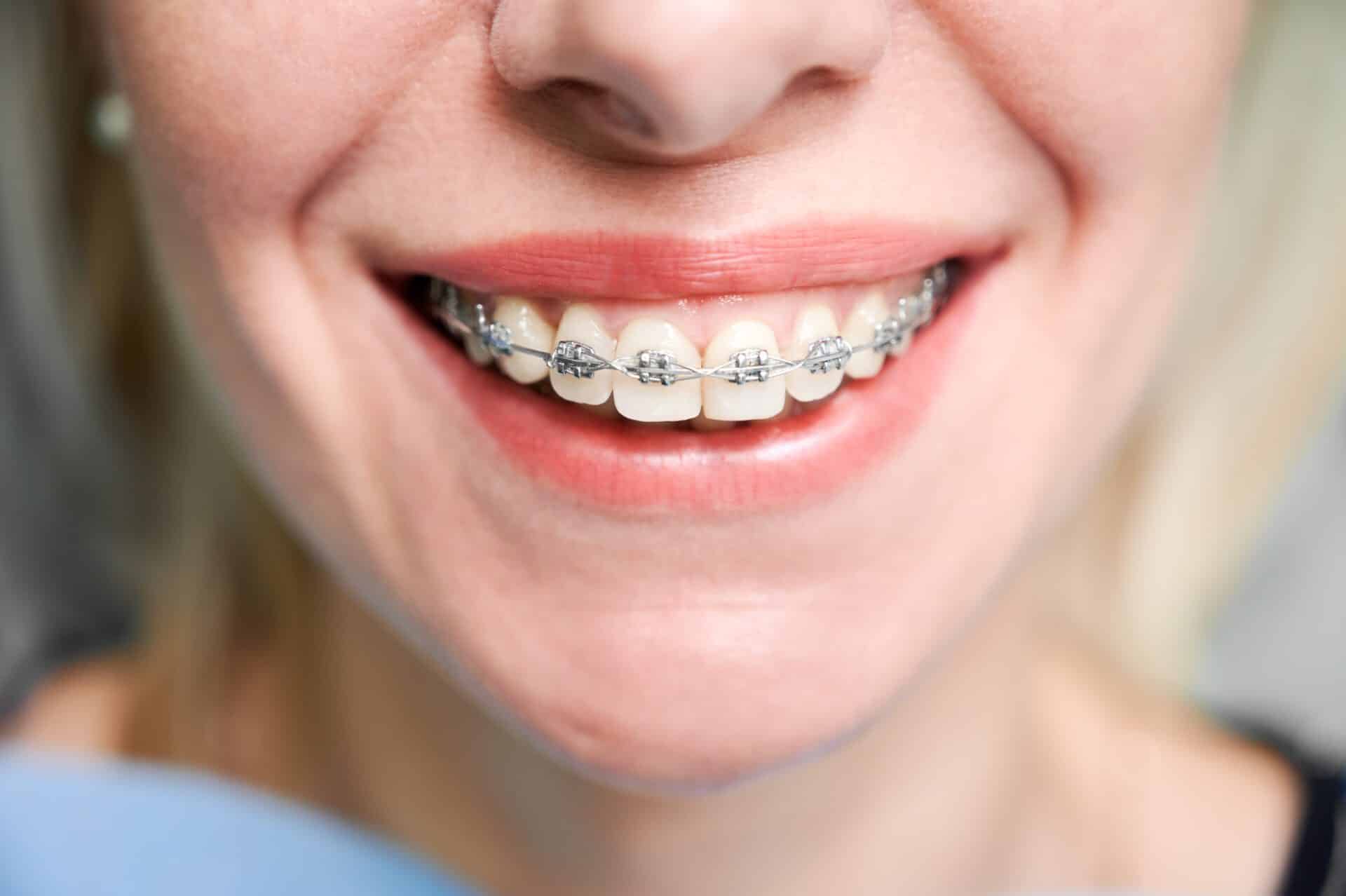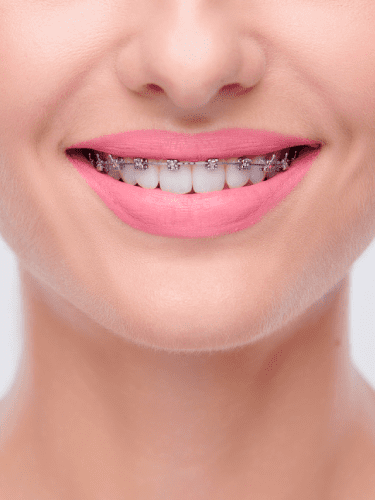Orthodontics has advanced significantly in recent decades, offering patients more efficient and comfortable options for correcting dental problems. Two common types of braces used in orthodontic treatments are conventional braces and self-ligating brackets, the latter being, like the Pitts 21, a notable innovation. Below, we'll explore the key differences between these two approaches.
Conventional Braces: Traditional Orthodontics
Conventional braces have been the traditional choice in orthodontics for a long time. They are made up of small metal pieces attached to each tooth, and an arch wire passes through these brackets, applying pressure to gradually correct the position of the teeth.
Advantages of Conventional Brackets:
- Cost:
-
- Conventional braces tend to be more affordable compared to self-ligating braces like Pitts 21.
2. Wide Application:
-
- They are ideal for various orthodontic cases and have been the main choice in many treatments.
Pitts 21 Self-Ligating Braces: Innovation in Dental Movement
Pitts 21 self-ligating brackets represent an evolution in orthodontics by eliminating the need for elastic ligatures. These brackets feature a self-ligating mechanism that holds the archwire more efficiently, promoting effective tooth movement.
Advantages of Pitts 21 Braces:
- Less Friction:
-
- By eliminating elastic ligatures, Pitts 21 braces reduce friction, speeding up the dental alignment process.
- Avant-garde design
-
- Pitts 21 braces have a design that seeks patient comfort and treatment efficiency. They only use 4 wires throughout the treatment.
- Fewer Adjustment Appointments:
-
- The efficiency of self-ligation can translate into fewer adjustment appointments, making the process more convenient for patients.
What is the Best Option for You?
The choice between conventional braces and Pitts 21 self-ligating braces will depend on factors such as treatment goals, case complexity, and personal preferences. Consulting with an experienced orthodontist is crucial to making an informed decision tailored to your specific needs.
Both types of braces seek the same result: a healthy and beautiful smile. However, Pitts 21 braces stand out for their self-ligating technology, offering advantages such as less friction and greater efficiency compared to conventional braces.
In conclusion, the difference between conventional braces and Pitts 21 self-ligating braces reflects the constant search for more advanced and personalized orthodontic treatments. Each patient is unique, and the choice of braces type should be based on a comprehensive evaluation of individual needs.[:en]
Difference Between Conventional Braces and Pitts 21 Self-Ligating Braces: A Complete Guide
Orthodontics has advanced significantly in recent decades, offering patients more efficient and comfortable options for correcting dental problems. Two common types of braces used in orthodontic treatments are conventional braces and self-ligating brackets, the latter being, like the Pitts 21, a notable innovation. Below, we'll explore the key differences between these two approaches.
Conventional Braces: Traditional Orthodontics
Conventional braces have been the traditional choice in orthodontics for a long time. They are made up of small metal pieces attached to each tooth, and an arch wire passes through these brackets, applying pressure to gradually correct the position of the teeth.
Advantages of Conventional Brackets:
- Cost:
-
- Conventional braces tend to be more affordable compared to self-ligating braces like Pitts 21.2
- Wide Application:
-
- They are ideal for various orthodontic cases and have been the main choice in many treatments.
Pitts 21 Self-Ligating Braces: Innovation in Dental Movement
Pitts 21 self-ligating brackets represent an evolution in orthodontics by eliminating the need for elastic ligatures. These brackets feature a self-ligating mechanism that holds the archwire more efficiently, promoting effective tooth movement.
Advantages of Pitts 21 Braces:
- Less Friction:
-
- By eliminating elastic ligatures, Pitts 21 braces reduce friction, speeding up the dental alignment process.
- Avant-garde design
-
- Pitts 21 braces have a design that seeks patient comfort and treatment efficiency. They only use 4 wires throughout the treatment.
- Fewer Adjustment Appointments:
-
- The efficiency of self-ligation can translate into fewer adjustment appointments, making the process more convenient for patients.
What is the Best Option for You?
The choice between conventional braces and Pitts 21 self-ligating braces will depend on factors such as treatment goals, case complexity, and personal preferences. Consulting with an experienced orthodontist is crucial to making an informed decision tailored to your specific needs.
Both types of braces seek the same result: a healthy and beautiful smile. However, Pitts 21 braces stand out for their self-ligating technology, offering advantages such as less friction and greater efficiency compared to conventional braces.
In conclusion, the difference between conventional braces and Pitts 21 self-ligating braces reflects the constant search for more advanced and personalized orthodontic treatments. Each patient is unique, and the choice of braces type should be based on a comprehensive evaluation of individual needs.






